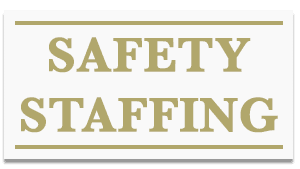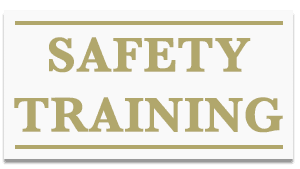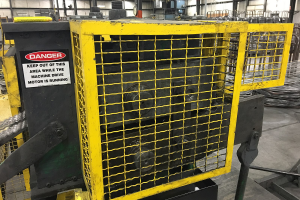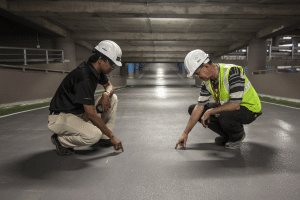Is Gravity Part of OSHA’s LOTO Regulation?
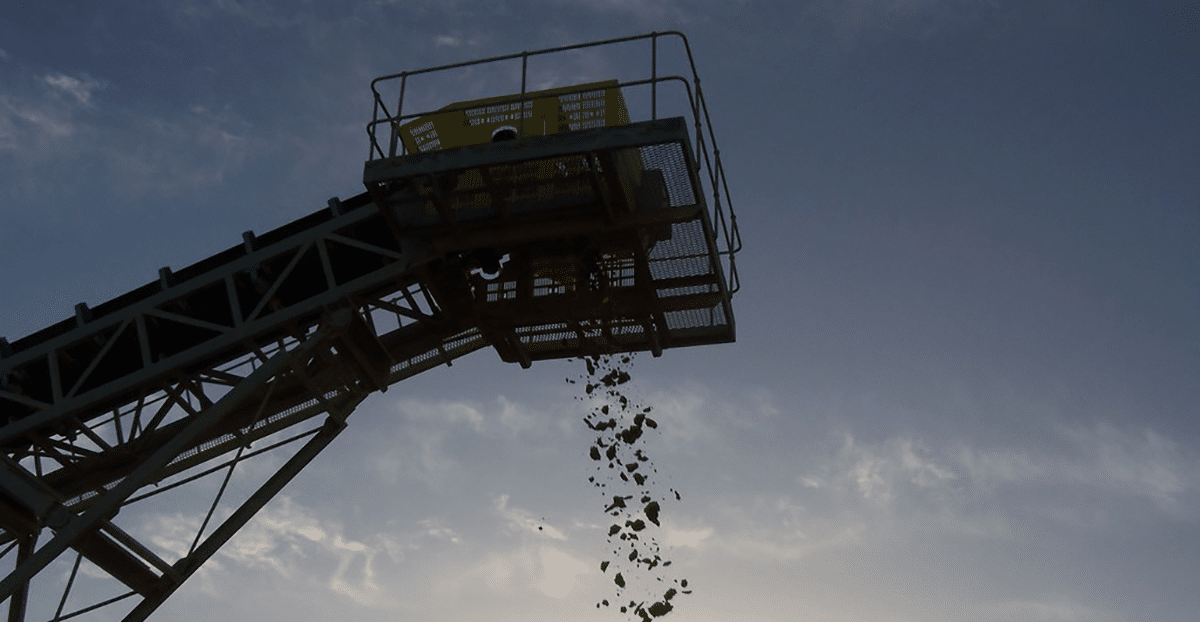
In recent months, we at FDRsafety have been surprised at the number of cases involving injuries resulting from falling objects. While accidents are an unfortunate reality in industry, some involved trained workers being in the line of fire. Examples include:
- A skilled worker setting up a frame for welding and fabrication and a 400 lb. piece fell off the fixture because it wasn’t secured
- A rigger who pulled a stabilizing pin and an I beam slid off onto his foot
- A journeyman millwright who was under a 7500 lb. load and improperly used a come-along attached to the load to align and install a precision shaft. The 7500 lb. load came down on him
Cases like this leave us asking “what can be done?”
Where do gravity related accidents fall in the eyes of OSHA?
In some cases OSHA is involved and in others, there is a civil suit alleging tort liability. In the OSHA cases, the Agency might suggest that gravity is a hazardous energy to be controlled. We don’t disagree where gravity is part of a routine, foreseeable task like changing dies in a mechanical power press. However, the ability for any management to foresee the thousands of maintenance tasks where a skilled worker must deal with gravity is not practicable nor feasible. After an injury occurs, OSHA might suggest that 29 CFR 1910.147 applies and management should have had a defined LOTO procedure for the task.
Why is it so difficult to cite gravity related accidents?
Imagine for a minute how many machine guards, parts, assemblies, etc. any one employer could have in their facility. Could a part that weighs 10 lb. be hazardous? If it drops any distance and hits, someone in the head, it could be serious or even fatal. Imagine being held to a legal liability for trying to foresee and manage every service or maintenance task where a falling part could injure a worker. Imagine trying to have a documented LOTO procedure for each of these tasks… It’ can’t be done.
What can we do?
The most important thing we can do is simple; Continue to remind our employees and coworkers of the risk that gravity poses in the workplace.
As part of your documented training, remind them… GRAVITY WINS.
Mike Taubitz spent many years in top positions at General Motors, including stints as Global Safety Director and Global Regulatory Liaison. He has a strong interest in lean manufacturing and its relationship to safety and in sustainability, and is recognized internationally for his expertise in machine guarding. He assists clients in creating efficient and effective safety programs, especially in manufacturing environments.
For more advice on safety, please call us at (615) 628-8746
